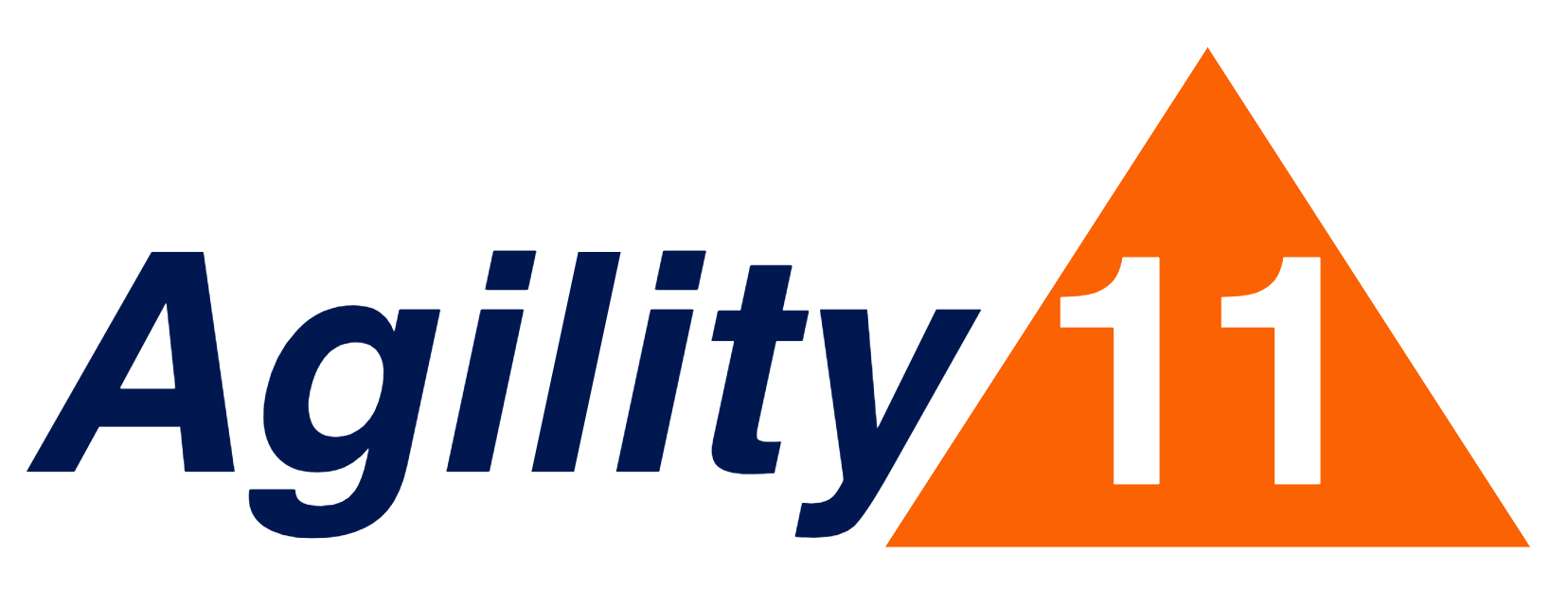The Six Thinking Hats Retrospective
Retrospectives become boring and ineffective without mixing up the format. The Six Thinking Hats from Edward de Bono offers a fresh approach, by considering a situation or a proposal from six different perspectives.
If you’re reflecting on the team’s last Sprint/iteration, or the status of your team or product more generally, here is a sample agenda using the Six Thinking Hats. All participants go through the 6 perspectives in sequence, or split the team into a few smaller groups to consider 2-3 ‘hats’ in parallel. To go ‘all in’, get a set of six hats of different colors and/or types!
I couldn’t find the original source for this great image!
Blue hat (control & organization): Establish the goal and agenda for this session
White hat (facts & data): Participants contribute any objective facts or direct observations. No judgment or emotion here.
Yellow hat (optimism): Participants identify all of the positive aspects they can
Black hat (pessimism): Participants act as the ‘Devil’s advocate’ to critique things and identify weaknesses, fears, and risks
Green hat (creativity): What are some possibilities, bold ideas, alternatives, or experiments we could try to reach our greatest potential?
Red hat (emotion): How do we each feel about the situation and/or the ideas we generated? Use emotion words or short phrases.
Blue hat (control & organization): What are our concrete actions?
If one of the ideas you generate is big enough to warrant deeper discussion, then use the Six Thinking Hats again.
Blue hat (control & organization): Clarify the proposal being considered. Is it specific? Does everyone understand what is being proposed?
Split the team into sub-groups of 2-3 people, each representing White, Yellow, Black, Green.
White hat (facts & data): Gather all the objective facts or direct observations about this situation. No judgment or emotion here.
Yellow hat (optimism): What is great about this idea? What are all the potential benefits?
Black hat (pessimism): Act as the ‘Devil’s advocate’ to critique things and identify weaknesses, fears, and risks. What is the worst case scenario?
Green hat (creativity): What are alternatives or friendly amendments to make this proposal even better?
Now gather everyone together as a whole. Each ‘hat’ presents their point of view. Facilitate a discussion.
Red hat (emotion): How do we all feel about the proposal? Use emotion words or short phrases.
Blue hat (control & organization): What is our decision? Will we try an experiment? What is our concrete action plan (for example, SMART goal)?

